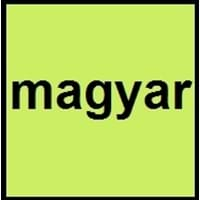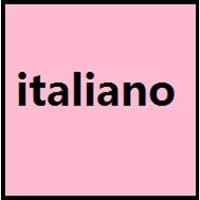Hungarian and Italian
- Hungarian language has only preserved most of its ancient elements.
- 'Magyar' is the Hungarian name for the language, the 'Magyar' is also used as an English word to refer to Hungarian people.
- One of the most romantic and melodic language in the history of the world is Italian.
- Italian Language is in the top three of the most widely spoken European languages in Europe.
All Hungarian and Italian Dialects
Most languages have dialects where each dialect differ from other dialect with respect to grammar and vocabulary. Here you will get to know all Hungarian and Italian dialects. Various dialects of Hungarian and Italian language differ in their pronunciations and words. Dialects of Hungarian are spoken in different Hungarian Speaking Countries whereas Italian Dialects are spoken in different Italian speaking countries. Also the number of people speaking Hungarian vs Italian Dialects varies from few thousands to many millions. Some of the Hungarian dialects include: Csángó, Oberwart. Italian dialects include: Romanesco , Central Italian. Also learn about dialects in South American Languages and North American Languages.
Hungarian and Italian Speaking population
Hungarian and Italian speaking population is one of the factors based on which Hungarian and Italian languages can be compared. The total count of Hungarian and Italian Speaking population in percentage is also given. The percentage of people speaking Hungarian language is 0.19 % whereas the percentage of people speaking Italian language is 0.90 %. When we compare the speaking population of any two languages we get to know which of two languages is more popular. Find more details about how many people speak Hungarian and Italian on Hungarian vs Italian where you will get native speakers, speaking population in percentage and native names.
Hungarian and Italian Language Codes
Hungarian and Italian language codes are used in those applications where using language names are tedious. Hungarian and Italian Language Codes include all the international language codes, glottocodes and linguasphere.





